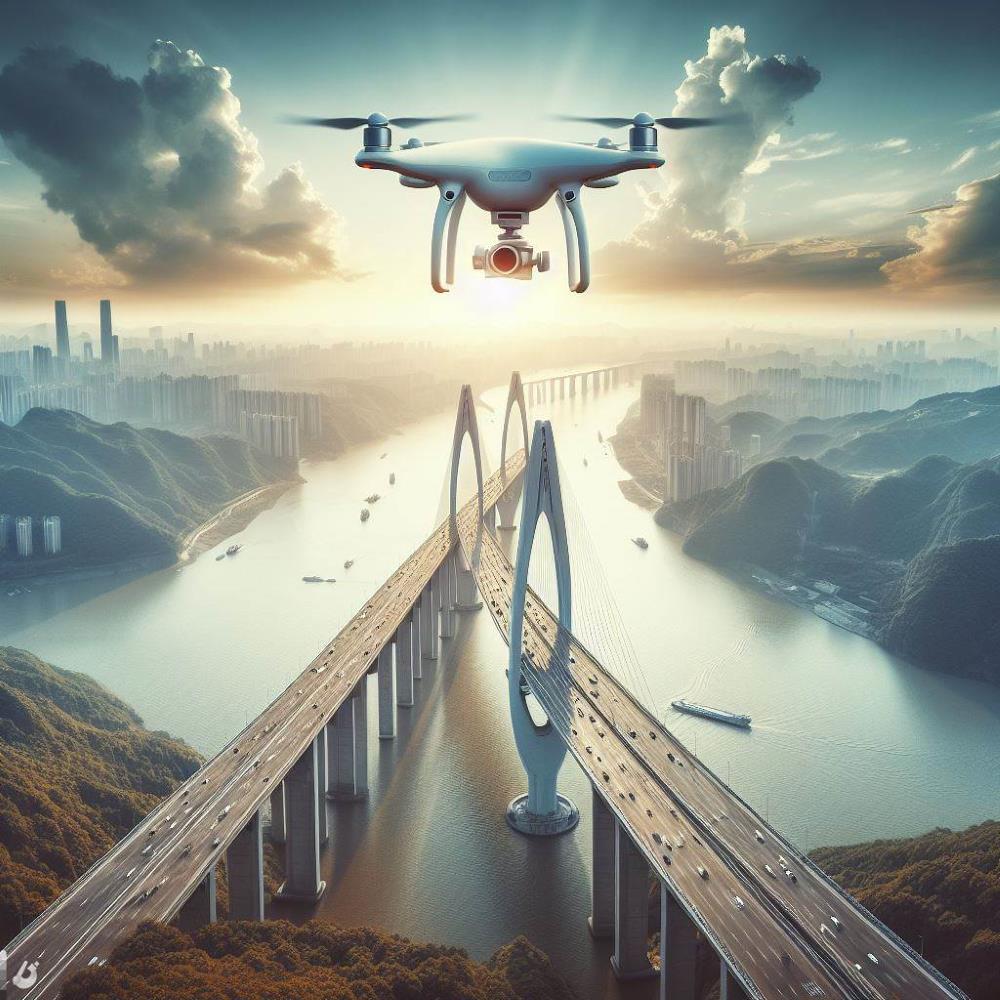While it is true that we often see drones as fun tools, in the last decade their use has amplified our capabilities in various areas. As drone specialists, at Acero Estudio we want to show how this important tool plays a vital role in infrastructure inspection today.
Aerial Photogrammetry: Capturing precise details from above
One of the most significant drone-driven advancements in infrastructure inspection is drone photogrammetry. This technique uses high-resolution cameras mounted on drones to capture detailed images from different angles, allowing the creation of accurate three-dimensional models of existing structures and facilitating the planning of new construction.
Large construction companies use aerial photogrammetry to evaluate the condition of bridges, roads and buildings, identifying possible structural problems early. Additionally, the ability to generate detailed models facilitates informed decision making during the design phase and reduces costs associated with manual inspections.
Monitoring and Surveillance of Works: Guaranteeing Safety and Efficiency
Drones equipped with thermal cameras and advanced sensors can closely monitor construction progress, identify potential safety risks, and provide real-time data to management teams.
Developed countries, such as the United States and China, have integrated drone systems to monitor large-scale construction projects, such as highway expansion and the construction of new facilities. This constant surveillance not only improves workplace safety, but also contributes to overall project efficiency by identifying and addressing issues in a timely manner. In the past, if you wanted to observe a work from the air, it was necessary to hire the service of a helicopter or light plane, but today, thanks to drones, this possibility is within our reach.
Infrastructure and its Impact on the Lives of Populations
Infrastructure plays a fundamental role in the quality of life of populations. From roads and bridges that facilitate transportation to water and energy supply facilities that sustain communities, these structures directly impact the well-being of society.
Large construction companies are using drones to inspect and maintain their critical infrastructure. For example, regular drone inspection of bridges not only ensures their structural integrity, but minimizes closure times and reduces traffic disruptions.
Future Perspectives: Automation and Collaboration with AI
As technology advances, the future prospects for drone infrastructure inspection become even more exciting. The integration of artificial intelligence (AI) will allow drones to analyze data autonomously, identifying patterns and anomalies without human intervention.
Fully automating infrastructure inspection using drones will not only improve efficiency, but also reduce the costs and risks associated with manual work in potentially hazardous environments. This points the way toward a more proactive and predictive approach to critical infrastructure maintenance.
As we move into the future, the collaboration between drone technology and artificial intelligence promises an exciting horizon for global infrastructure development and maintenance.




